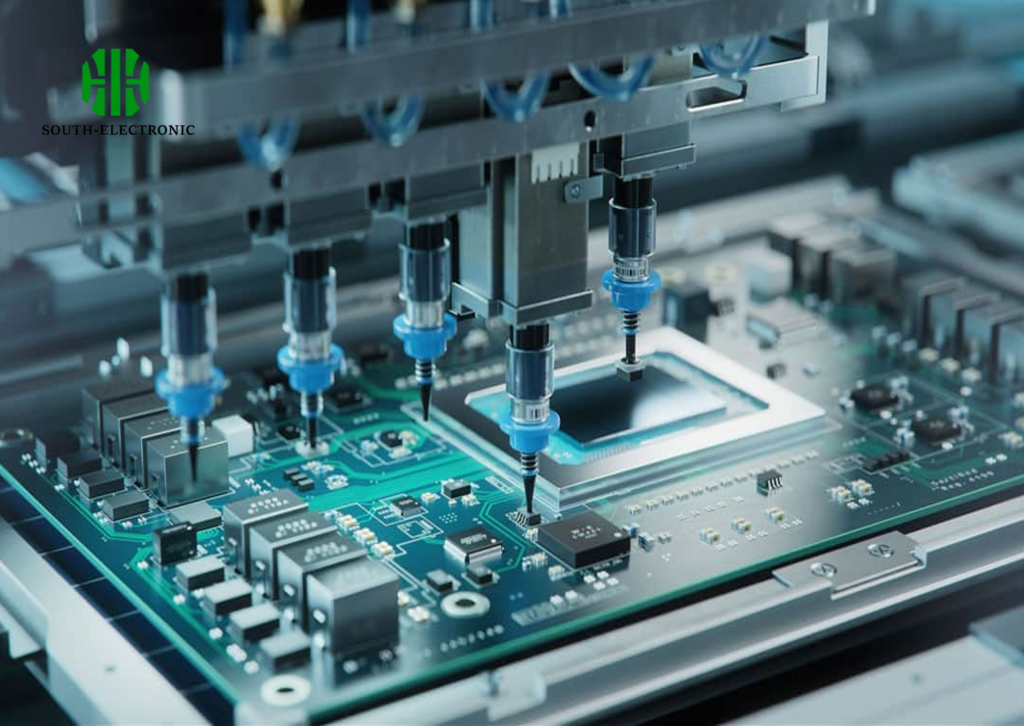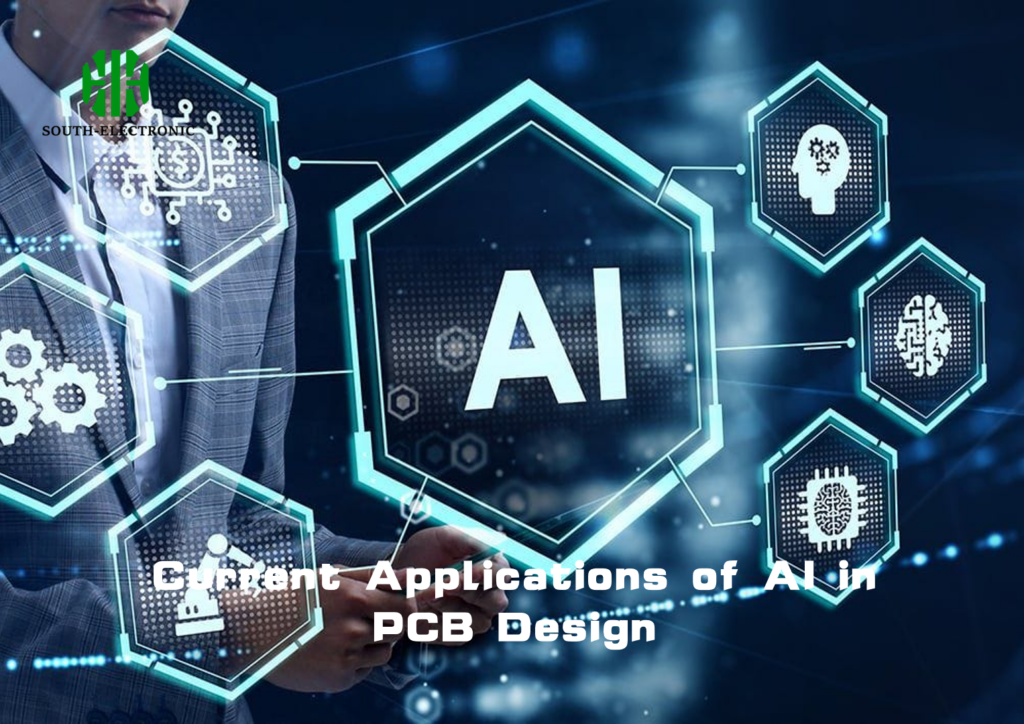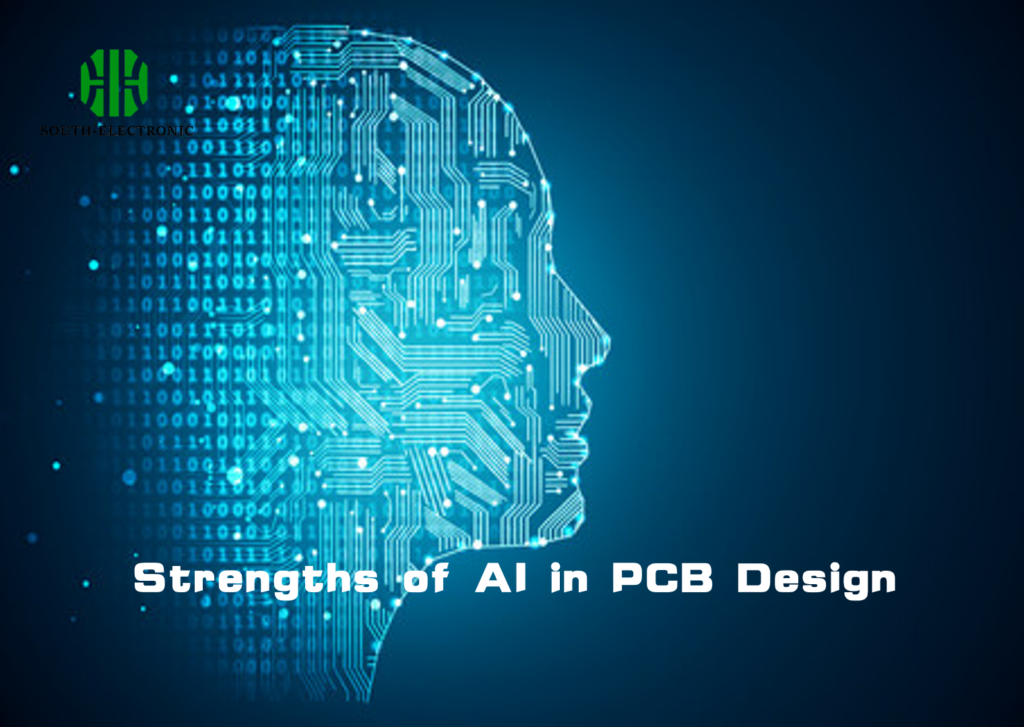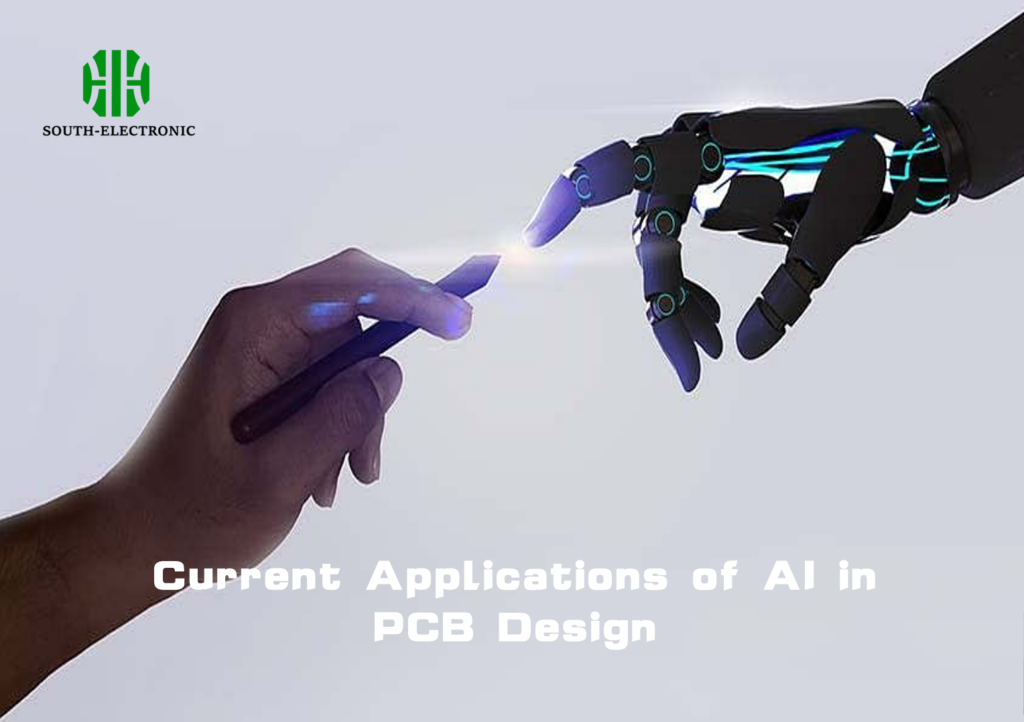AI is getting better and better at doing complicated stuff. So, can it replace human PCB designers? Let’s talk about where AI is at in PCB design, what it’s good at, what it’s not so good at, and whether it can really replace the creativity and expertise of a human designer.
AI’s Role in PCB Design Over Time
PCB design is the process of creating a physical layout that connects electronic components within a device. It involves placing components, routing traces, and ensuring signal integrity, thermal management, and power distribution. Traditionally, PCB design has been a highly specialized and manual process requiring deep knowledge of electronics and design principles.
AI’s role in PCB design has gone from automating repetitive tasks to optimizing complex designs. Early AI tools automated simple tasks like trace routing, but modern AI systems can analyze multiple parameters, predict potential issues, and suggest optimal design layouts. These advancements have significantly reduced the time required for PCB design, making AI an invaluable tool in the industry.

Current Applications of AI in PCB Design
AI-Powered Design Automation: AI is being used to automate many aspects of PCB design, such as component placement, routing, and thermal management. AI algorithms can optimize the layout to minimize electromagnetic interference (EMI), reduce power consumption, and improve signal integrity. For example, AI-powered design tools can automatically route traces in a way that minimizes crosstalk and ensures proper signal timing.
Case Study: Let’s look at a case where a leading electronics company used an AI tool to design a complex PCB for a high-frequency application. The AI-powered tool cut the design time in half, optimized the layout for signal integrity, and identified potential thermal issues that were addressed early in the design process. This resulted in a more reliable and efficient PCB design.

The Potential of AI in Replacing Human Designers
Strengths of AI in PCB Design
- Speed and Efficiency: AI can process vast amounts of data and optimize designs far more quickly than a human designer.
- Consistency and Precision: AI algorithms follow strict rules and consistently produce designs that adhere to specified parameters.
- Complexity Management: AI can handle multi-objective optimization, balancing trade-offs between various design aspects, such as signal integrity, power distribution, and thermal performance.
Limitations of AI in PCB Design
- Lack of Creativity: While AI excels in optimization, it lacks the creativity and intuition of a human designer. AI can struggle with innovative design solutions or out-of-the-box thinking.
- Contextual Understanding: Human designers understand the context in which a PCB will be used, allowing them to make nuanced design decisions that AI might overlook.
- Ethical and Practical Considerations: Relying solely on AI for PCB design, especially in safety-critical applications, raises questions about accountability and the ability of AI to fully grasp the implications of design choices.

Comparing AI-Designed and Human-Designed PCBs
To show you the difference between AI-designed and human-designed PCBs, let’s look at a comparison table:
| Attribute | AI-Designed PCBs | Human-Designed PCBs |
|---|---|---|
| Design Time | Significantly faster | Typically slower due to manual processes |
| Consistency | Highly consistent, adhering to rules | May vary depending on the designer’s experience |
| Innovation | Limited to optimizing existing designs | Capable of novel, creative solutions |
| Error Rate | Low, due to strict algorithmic control | Variable, depending on designer’s skill |
| Contextual Adaptation | Limited by the data fed to AI | High, based on designer’s knowledge and experience |

The Future of PCB Design: Collaboration Between AI and Humans
AI won’t replace human designers. Instead, it will become a powerful tool that enhances their capabilities. AI can handle repetitive and complex optimization tasks, freeing up human designers to focus on creative aspects and strategic decision-making. This collaboration will lead to more innovative, efficient, and reliable PCB designs.
Potential Future Scenarios
- AI-Assisted Design: AI tools assist designers by quickly generating multiple design iterations, allowing designers to choose the best one.
- Human Oversight: Designers oversee AI-generated designs, ensuring they meet all functional, aesthetic, and contextual requirements.
- Co-Creation: AI and human designers work together in real-time, each contributing their strengths to the design process.
As AI takes on more responsibilities in PCB design, questions about accountability arise. If a design flaw leads to a product failure, who is responsible? The AI that generated the design or the human who oversaw the process?
AI being integrated into PCB design could have an impact on jobs in the industry. On one hand, AI could make things more efficient, but on the other hand, it could eliminate the need for entry-level design jobs. However, new jobs could be created that focus on managing and improving AI tools, which would keep human expertise at the center of the design process.
Can AI Replace Human PCB Designers?
In summary, AI cannot fully replace human PCB designers. AI is good at optimizing designs, managing complexity, and increasing efficiency, but it lacks the creativity, intuition, and contextual understanding that human designers bring to the table. The future of PCB design is a collaboration where AI is a powerful tool to enhance human creativity and decision-making. This will likely lead to more innovative and efficient PCB designs, pushing the boundaries of what is possible in electronics design.



